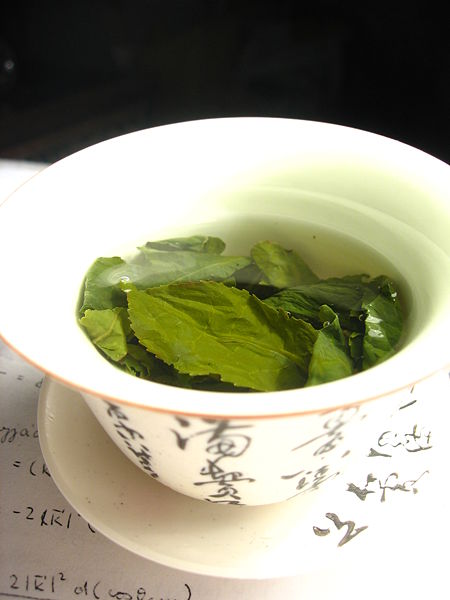
Tea classification by grade
The green and semi-fermented leaves are commonly whole and their grade is not indicated. The same goes to some types of the black teas, especially Chinese, where the name is a synonym of the word quality. The grade is quite critical as it provides information:
- the fineness of the crop
- the size of the leaf (whole, broken, ground). As for grading
The word ‘orange’ has nothing to do with fruit but it means ‘royal’. The word is derived from the name of the Dutch dynasty Orange Nassau. The term ‘Pekoe’ comes from the Chinese word ‘Pak-ho’ which means ‘down’, ‘fine hair’ and stands for the end bud that provides an impression of white down.
Whole leaves
1. F.O.P. Flowery Orange Pekoe
This is the best-quality crop consisting of the end bud and the following two leaves. The tea has a number of buds are often called ‘golden tips’, following having been browned in the processing of fermentation.
2. O.P. Orange Pekoe
These are tightly rolled and young leaves. This crop is quite good but slightly later than the F.O.P. Flowery Orange Pekoe as the bud has already turned into a leaf.
3. P. Pekoe
The leaf has no buds and less good than the two previous ones.
4. S. Souchong
The leaf is older, bigger, lower and with contains less caffeine. It is usually rolled lengthwise and used for smoked teas.
Broken leaves
The leaf is not whole and is far smaller than the O.P. The tea turns into stronger and darker beverage thanks to an infusion.
1. B.O.P. Broken Orange Pekoe
2. F.B.O.P. Flowery B.O.P.
3. G.B.O.P. Golden B.O.P.
4. T.G.B.O.P. Tippy Golden B.O.P.
Ground Leaves
1. F. Fannings
They are quite flat and smaller than broken leaves. They become strong in tense highly coloured because of the infusion.
2. Dust
They are used mostly for tea bags.
